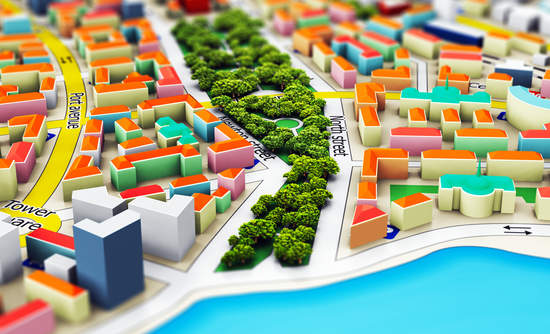Piyush Ranjan Rout
Innovation is key for cities to grow prosperous. Despite the challenge involved in achieving this, cities are catalysts for change. When cities grow, so do challenges such as achieving social equality and cultural diversity, alleviating poverty, and protecting the environment. Just as in any other state, cities in Odisha face issues with urban mobility, air pollution from emissions, inadequate waste management, poor infrastructure, environmental degradation and poor housing.
Today, 4.2 billion people live in cities globally and this number is expected to double by 2050. But cities in Odisha are not in the fast lane of Urbanisation. The state has about two decades’ time to ensure that its cities do not end up like Mumbai, Delhi or Kolkata. They can turn out to be among the world’s innovative cities within two decades. It is very much achievable with innovation in urban planning.
The local government in Bhubaneswar, for instance, must look at how the city can leverage innovation to change its neighbourhood for the better, for future generations. It is a fact that towns and cities in Odisha seriously lack innovative approaches to issues.
For instance, cities account for 65 per cent of energy demand and 75 per cent of carbon dioxide emissions globally. But they have enormous potential to increase energy efficiency. As between 2015 and 2018 the number of cities supplied by at least 70 per cent renewables has doubled. Innovating how we plan, build, power and move though our cities is crucial for climate action and better life for all.
Similarly nature has its own design solutions for global urban water crises. Trees are responsible for 40 per cent of the Earth’s annual rainfall through evapotranspiration, that is, the release of moisture into the atmosphere through their leaves. Therefore, cities needs innovations in their green infrastructure management to ensure that these spaces do not run out of potable water.
Today more than half the world’s populace lives in cities using nearly 80 per cent of the world’s resources. This historic urban growth along with climate change, demands fundamental changes in improving the relationship between cities and nature.
Cities need large-scale investments to develop and maintain infrastructure and services such as urban transport, water supply, sanitation and solid waste management. Most such investments will depend on how the state and the nation builds an enabling environment for private sector involvement at the local government.
Technology, if used appropriately, can improve urban inclusion. Cities around the world are building social networks and special applications using technology. In Seferihisar, Turkey, for instance, young people used apps to participate in the design of their own youth summer camp. Such models are crucial for Bhubaneswar, too, where the majority is now connected through social networks.
The vision of the government of Odisha for using 5Ts (team work, technology, transparency, transformation and time limit) for transformation under the Mo Sarkar initiative is crucial to address many urban challenges using innovation in city management.
Being a planned capital city, Bhubaneswar has to play a major role in the urbanisation process of Odisha. If Bhubaneswar involves with the 5Ts and employs innovative approaches, it will build the potential for sustainable growth in Odisha. Bhubaneswar is vastly different from the other cities of Odisha but it can provide a template for other cities to speed up their urbanisation processes.
From Paris, São Paulo, Stockholm and Ningbo to Bhubaneswar, cities are leading the charge on building a resilient and low-carbon future for all. Along with engaging young people in sports, they are boosting public health and preventing violence and drug abuse among youth within communities.
Sustainable development of cities is not a sprint, it is a marathon. Cities are laboratories for fresh ideas that can ensure sustainability and inclusivity today, tomorrow and forever. That is why the actions of cities — not nations — will be the key to survival on Earth.
The writer is an urban planner cum urban management practitioner. He can be reached on Twitter @piyushrout.
